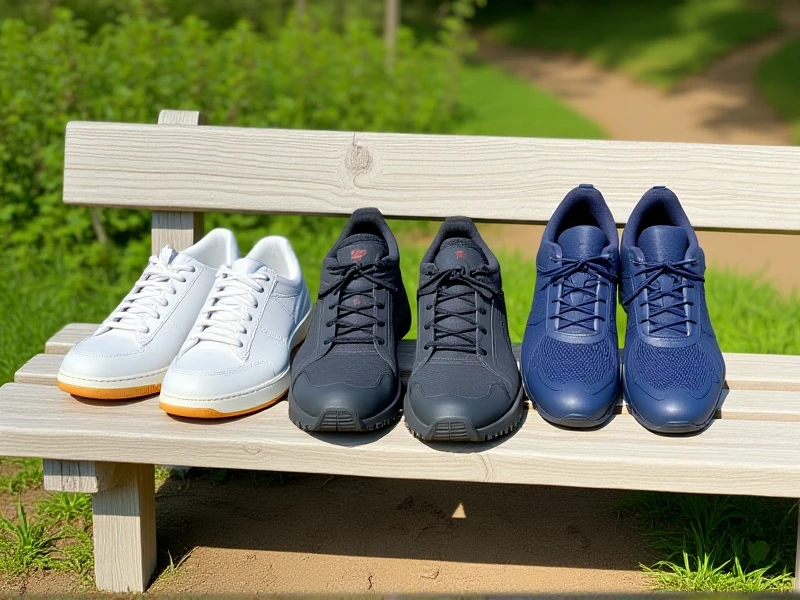
The Ultimate Guide to Choosing Hiking Shoes for Every Trail Adventure
Finding the perfect hiking shoes can make or break your outdoor experience. Whether you're tackling rocky scrambles, muddy paths, or forest trails, the right footwear provides crucial support, traction, and protection. Let's explore how to choose the best hiking shoes for your needs.
Why Hiking Shoes Matter Investing in proper hiking shoes isn't just about comfort - it's about safety. Specialist designs offer superior ankle stability on uneven terrain, reduce slipping risks with aggressive treads, and protect feet from sharp rocks and roots. Unlike regular sneakers, they feature reinforced toe caps, waterproof membranes, and durable materials designed for wilderness abuse.
Key Features to Look For
- Traction & Outsoles: Seek deep, multidirectional lugs (like Vibram® Megagrip) for grip on wet rocks and loose soil.
- Support & Cushioning: Mid-height models stabilize ankles on technical trails, while cushioned midsoles absorb impact during long distances.
- Materials: Waterproof membranes (Gore-Tex®, eVent®) keep feet dry, while breathable mesh uppers prevent overheating.
- Fit Guidance: Always try shoes with hiking socks. Your longest toe should have a thumbnail's space from the front. Test incline declines in-store.
Popular Styles for Different Terrains
- Trail Runners: Lightweight, flexible options ideal for packed trails
- Waterproof Leather Boots: Sturdy protection for muddy/rocky hikes
- Approach Shoes: Hybrids offering climb-worthy grip on scrambles Top Models: Merrell Moab 3 (all-arounder), Salomon X Ultra 4 (agile), Keen Targhee III (wide-foot friendly)
Care & Longevity Tips Extend your shoes' lifespan with simple habits:
- Remove debris after hikes
- Air dry naturally away from heat
- Reapply waterproofing treatments seasonally
- Replace insoles annually for continued support
Final Tread Thoughts Your ideal pair balances terrain needs with personal comfort preferences. Remember, well-fitted hiking shoes become adventure partners - pay attention to the flex points, heel hold, and arch support during testing. As legendary climber Ed Viesturs said, "Getting to the summit is optional. Getting down is mandatory." Reliable footwear ensures you achieve both safely. Ready to find your trail-perfect match?